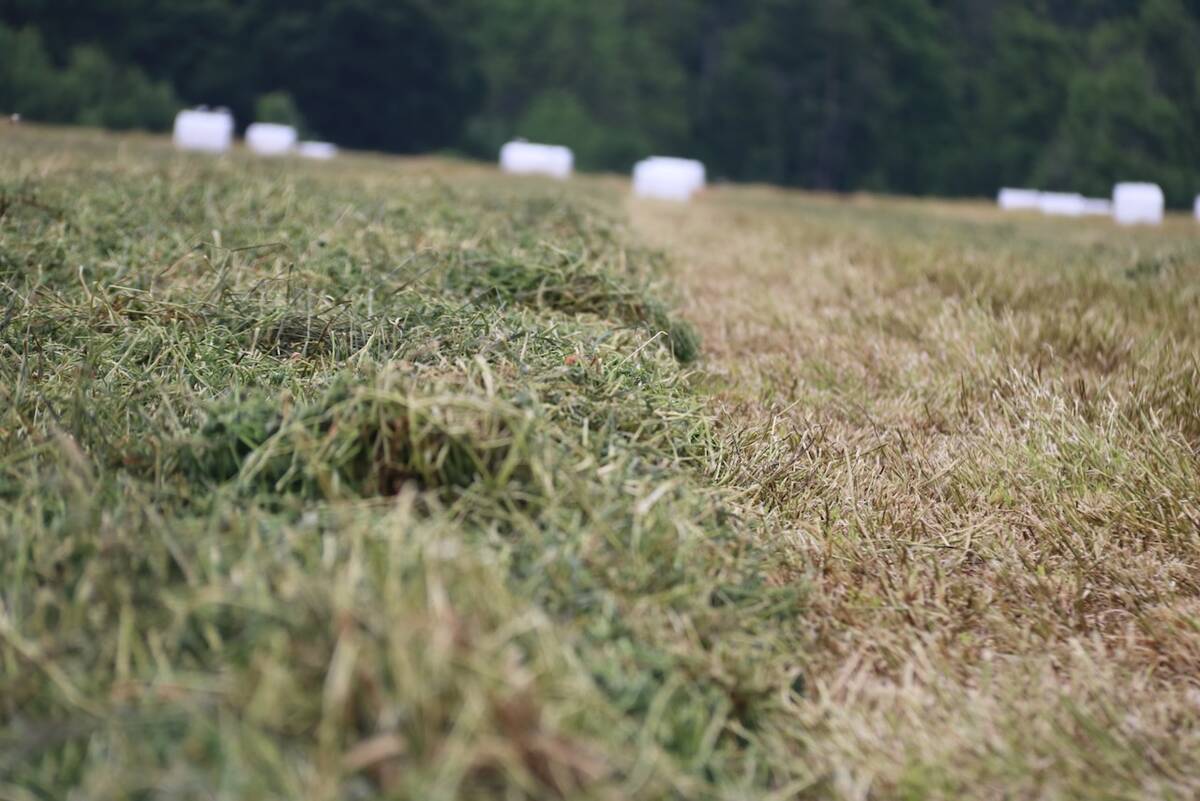You need to keep a variety of herbicides in your arsenal. No one product controls all weeds under all conditions. And weather, soil type, the weed spectrum and application timing each influences how well a product works, or doesn’t work, say producers in this issue’s panel. Know your weeds and keep scanning the product selections to find those that have the best or better fit.
Once useful tool is pre-seeding products and tank mix options. You can find a list of these products and mixes online or in printed form from provincial departments of agriculture across Western Canada.
Read Also

New high-performance forage training program to launch in 2026
A new Canadian Forage and Grasslands Asssociation high-performance forage program will be a resource for farmers, agronomists and others in the forage sector.
Manitoba and Saskatchewan ag departments have included a table on pre-seeding burndown options in the annual Crop Protection Guide. Alberta has a fact sheet in a handy question and answer (printable) format on its Ropin’ The Web Internet site at Scroll down to the Frequently Asked Questions section in the middle and click on “More FAQs.” Under the Disease/Insects/Pests heading you’ll find another link for “Quick Guide to Glyphosate Products.” Click on this heading then see Table 3 for a very good summary of preseed burndown options.
Here is what this issue’s farm panel had to say about new herbicides in their cropping programs:
LES ODELL HARGRAVE, MAN.
The Clearfield canola system that includes Nexera canola along with Odyssey DLX herbicide worked well enough for Les Odell last year that he plans to seed another 160 acres in 2009.
The group-2 herbicide from BASF did a good job of weed control and he liked the contracting option for the specialty canola that paid him an extra $1.25 per bushel for the crop.
“Our timing was good and the growing conditions were good and I was quite happy with how it all worked,” says Odell, who grew Nexera for the first time in 2008.
Odell runs a mixed farming operation at Hargrave, in southwest corner of Manitoba and crops about 1,800 acres of spring and winter wheat, barley, canola, flax and sometimes oats.
Other than using Odyssey with Nexera canola, he has followed a similar herbicide program for the past four to five years. Depending on the year, he’ll either make a post-harvest or a pre-seeding burn off with Clearout 41, a generic glyphosate product sourced through Farmers of North America. Even used pre-harvest, it has been an effective herbicide for controlling Canada thistle and also helps dry down flax. He usually uses it in conjunction with ammonium sulphate to improve herbicide uptake. Postharvest Clearout 41 has been effective in controlling foxtail barley.
For the past four years, Odell has also grown about 450 acres of InVigor canola compatible with the LibertyLink herbicide system. “Usually that has been effective, but last year we sprayed a bit early and we didn’t get the weed control we needed, so I had to make a second application,” he says. He prefers the Liberty Link system over Roundup Ready canola. He feels canola yields are higher and he doesn’t have to tank mix 2,4-D or other herbicide with the glyphosate to control Roundup Ready canola volunteers the following year.
In his winter wheat, he doesn’t usually need a grassy herbicide to control wild oats. But cool spring growing conditions last year slowed the crop, so he applied Assert herbicide from Nufarm on part of the crop. And for broadleaf weed control in cereals he uses products such as Buctril M. He is giving thought to using the new Infinity herbicide from Bayer CropScience for broadleaf weed control this year.
JAMES RYBKA PRINCE ALBERT, SASK.
Applying pesticides is a necessary evil of the agriculture industry, says James Rybka. He’d rather get away with using nothing if he could, but to be competitive and optimize grain and oilseed production, it is a necessary part of the business.
“We are in this business for a profit and the world demands more food,” he says. “If we are not going to use chemicals, then we have to be prepared for half the world to starve to death.”
Rybka, who crops about 4,000 acres of grains, oilseeds and pulse crops, has found several newer pesticides that perform well.
Everest from Arysta LifeScience appears to be effective for wild oat control in cereals, he says, but “it has it pros and cons. The herbicide has a residual effect which on one hand means you don’t have to be so careful about timing, but on the other hand you have to manage for some chemical carry over in the soil.”
For pre-seeding burnoff, he likes PrePass from Dow AgroSciences ahead of cereal crops and straight glyphosate ahead of Roundup Ready canola. PrePass also has residual activity for extended weed control.
Rybka also likes Frontline from Dow AgroSciences “as a reasonably priced” broadleaf herbicide for in-crop weed control in cereals.
Among herbicide-tolerant canola systems, he has grown varieties of Roundup Ready, Liberty Link and Clearfield systems in varying degrees.
Roundup Ready canola is a good crop system. He finds any type of glyphosate, whether brand name or















